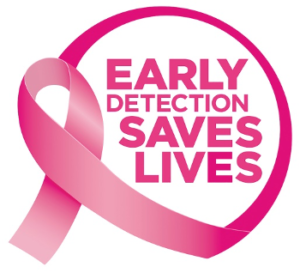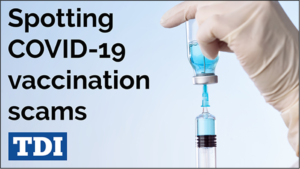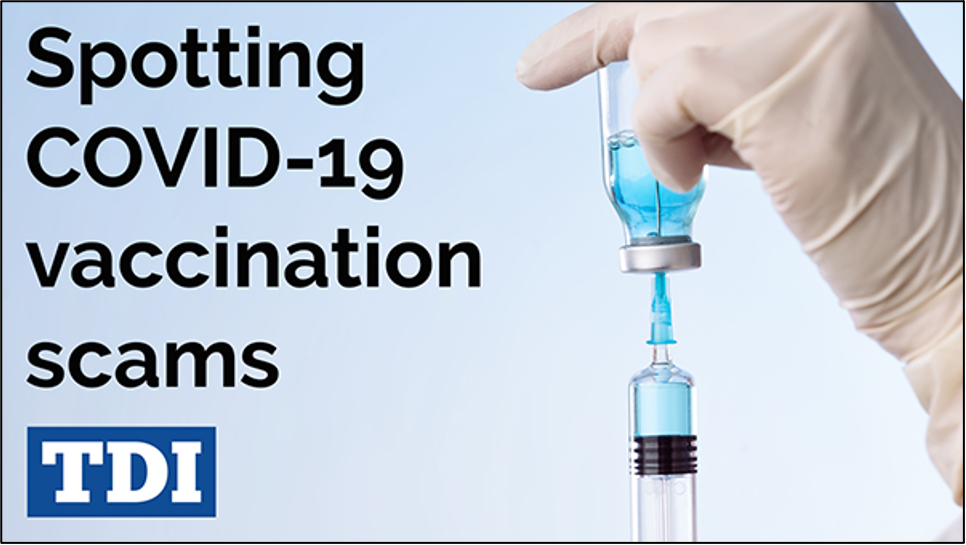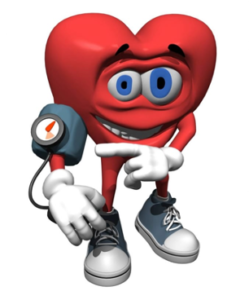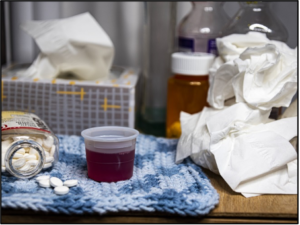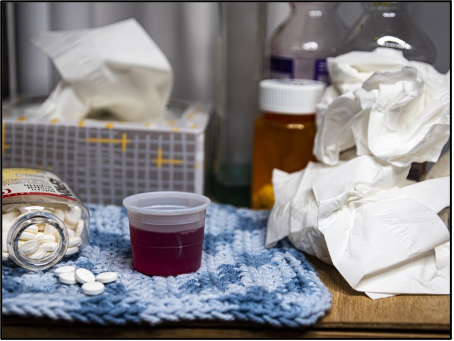Source: American Cancer Society, news release, Jan. 12, 2021
TUESDAY, Jan. 12, 2021 (HealthDay News) — Improved lung cancer treatment is a major reason for the 31% decline in cancer death rates in the United States between 1991 and 2018, including a record 2.4% decrease from 2017 to 2018, the American Cancer Society says.
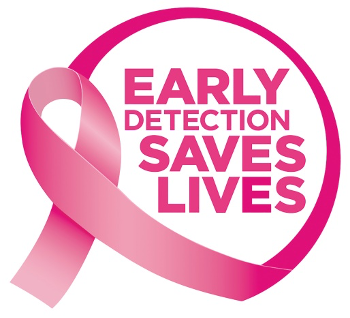
How the COVID-19 pandemic will affect this downward trend is unknown, the society noted.
“The impact of COVID-19 on cancer diagnoses and outcomes at the population level will be unknown for several years because of the time necessary for data collection, compilation, quality control and dissemination,” according to the report’s lead author, Rebecca Siegel.
“We anticipate that disruptions in access to cancer care in 2020 will lead to downstream increases in advanced-stage diagnoses that may impede progress in reducing cancer mortality rates in the years to come,” she said in a cancer society news release.
The American Cancer Society said about 3.2 million cancer deaths were prevented from 1991 through 2018 due to declines in smoking, earlier detection, and improvements in treatment that led to long-term decreases in deaths from the four leading cancers: lung, breast, colon and prostate.
Lung cancer is the most common cause of cancer death, causing more deaths than breast, prostate and colon cancers combined.
While there’s been slow progress against breast, prostate and colon cancers in recent years, declines in lung cancer death rates grew from 2.4% a year during 2009 to 2013 to 5% a year during 2014 to 2018.
Lung cancer accounted for nearly half (46%) of the overall decline in cancer deaths in the past five years, driving the record single-year drop of 2.4% from 2017 to 2018 for the second year in a row, according to the cancer society’s new report on cancer statistics, which was published Jan. 12 in CA: A Cancer Journal for Clinicians. The report also appears in Cancer Facts & Figures 2021.
Recent large reductions in lung cancer deaths reflect better treatment for the most common subtype of the disease — non-small cell lung cancer (NSCLC).
Two-year survival for NSCLC increased from 34% among patients diagnosed in 2009 to 2010 to 42% among those diagnosed in 2015 to 2016, including gains of 5% to 6% for every stage of diagnosis. Two-year survival for small cell lung cancer remained at 14% to 15% over that time period.
In 2021, nearly 1.9 million new cancer cases will be diagnosed in the United States and there will be over 608,000 cancer deaths, the cancer society estimated. However, that prediction is based on 2017-2018 data and doesn’t account for the potential effects of the COVID-19 pandemic.
The report also said that cancer is the leading cause of death in Hispanics, Asian Americans and Alaska Natives. In addition, the 5-year survival rate for all cancers combined that were diagnosed from 2010 through 2016 was 68% in white patients and 63% in Black patients.
For all stages combined, survival is highest for prostate cancer (98%), melanoma of the skin (93%), and female breast cancer (90%), and lowest for cancers of the pancreas (10%), liver (20%), esophagus (20%) and lung (21%). Survival rates are lower for Black patients than for white patients for every type of cancer except pancreatic cancer.
“While recent advances in treatment for lung cancer and several other cancers are reason to celebrate, it’s concerning to see the persistent racial, socioeconomic and geographic disparities for highly preventable cancers,” said Dr. William Cance, the American Cancer Society’s chief medical and scientific officer.
“There is a continued need for increased investment in equitable cancer control interventions and clinical research to create more advanced treatment options to help accelerate progress in the fight against cancer,” Cance added.
More information
The U.S. National Cancer Institute has more on cancer prevention.
